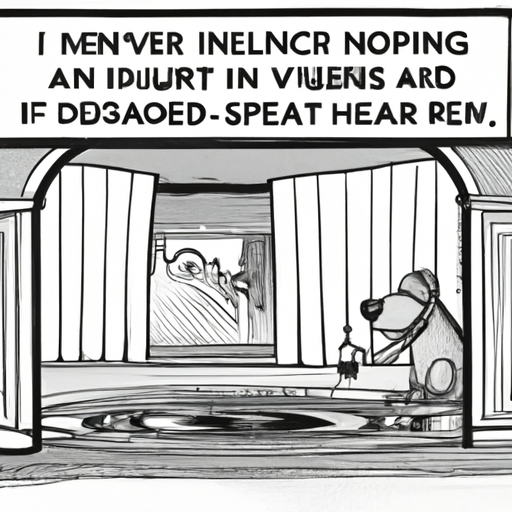When you bring a dog into your home, you’re adopting a new family member who will bring joy, companionship, and, unfortunately, a few challenges. Among these potential challenges, house training your dog can be one of the most daunting tasks. Dogs, especially puppies, may not initially understand the concept of only urinating outside. This is not only inconvenient but can also lead to unsanitary conditions in your home. But don’t worry, you’re not alone in this situation, and there are proven ways to help you train your dog to stop urinating in the house.
Table of Contents
- Understanding Why Dogs Urinate in the House
- Training Your Dog to Urinate Outside
- Implementing Positive Reinforcement
- Dealing with Health-Related Incontinence
- Frequently Asked Questions
Key Takeaways
- Understanding the reasons behind your dog’s behavior can help you address the issue more effectively.
- Training and positive reinforcement are crucial elements in teaching your dog to urinate outside.
- Health-related incontinence may require veterinary intervention.
- Patience, consistency, and love are your best tools during this process.
Understanding Why Dogs Urinate in the House
Dogs might urinate in the house for a variety of reasons. It could be due to incomplete house training, anxiety, marking their territory, or even health issues. Understanding the root of the problem is the first step towards finding a solution. OneTopDog has a detailed article on why dogs display certain behaviors, which might help in understanding your pet’s urinating habit.
Training Your Dog to Urinate Outside
Training your dog to urinate outside is not a one-time task. It requires patience and consistency. Here are some steps to follow:
- Establish a routine: Dogs thrive on routine. Set specific times for meals, play, and potty breaks. This helps your dog understand when it’s time to eat, play, and do their business.
- Frequent potty breaks: Young puppies have small bladders and may need to go out every hour. Older dogs might be able to hold it in for longer periods, but they still need regular breaks.
- Choose a specific outdoor spot: By consistently taking your dog to the same spot outside, they’ll learn that this is their designated bathroom area.
Implementing Positive Reinforcement
Positive reinforcement is a powerful tool in dog training. When your dog urinates outside, praise them and offer a treat. This will help them associate urinating outside with positive outcomes. OneTopDog provides further insights on how positive reinforcement can be used effectively in dog training.
Dealing with Health-Related Incontinence
If your dog continues to urinate in the house despite your best training efforts, it might be due to a health issue, such as urinary tract infections or kidney disease. In such cases, it’s important to consult a vet. Here’s an article on common dog health issues that could cause incontinence.
Frequently Asked Questions
1. How long does it take to house train a dog?
House training a dog usually takes 4-6 months, but it could take up to a year for puppies or dogs with previous bad habits.
2. What if my dog has an accident in the house?
Don’t punish your dog as it may lead to fear and confusion. Instead, clean up thoroughly to remove the odor and carry on with the training.
3. Can older dogs be house trained?
Yes, older dogs can be house trained, although it may take more time and patience compared to training a puppy.
In conclusion, teaching your dog to stop urinating in the house is a journey that requires patience, understanding, and love. But remember, every effort you make brings you one step closer to a well-behaved, happier pet, and a cleaner home.
For more information on house training your dog, the American Kennel Club has a comprehensive guide on how to potty train your dog which can serve as an excellent supplement to this article.
Training your dog to stop urinating in the house is not just about maintaining cleanliness, but also about building a bond of understanding and respect with your furry friend. And isn’t that what being a caregiver is all about?



